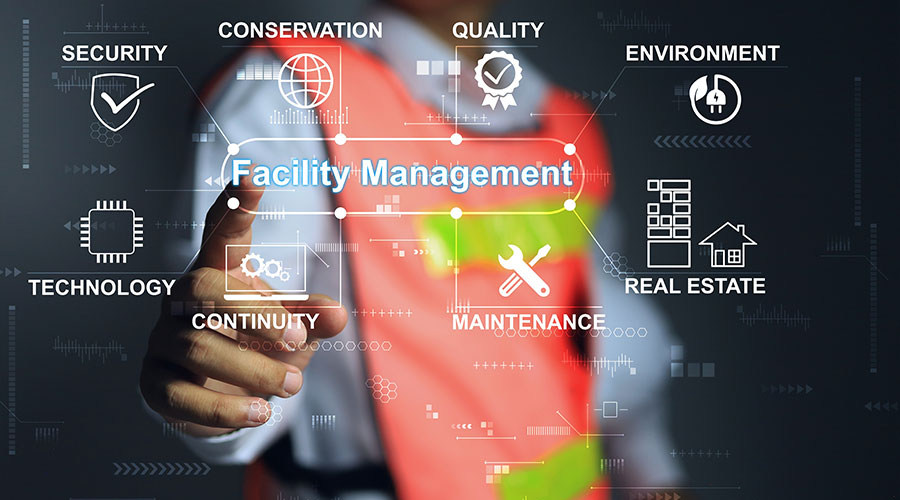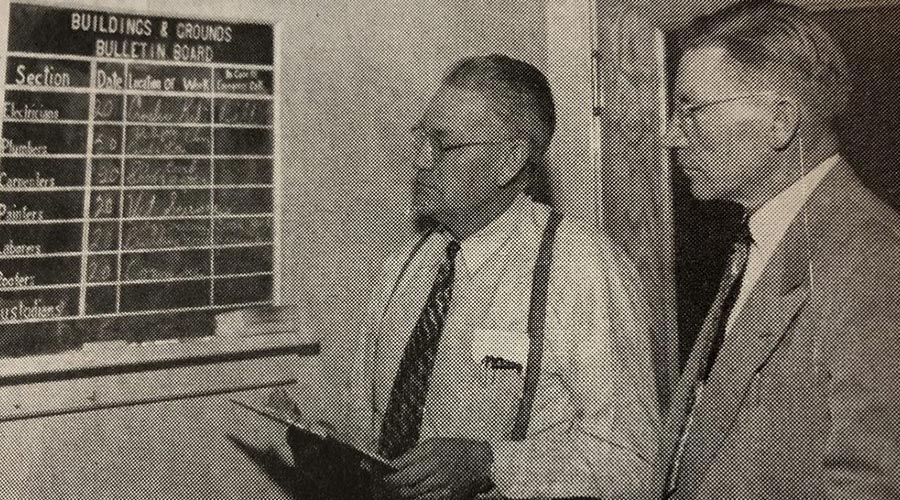Steps to Reduce Costs, Attract Patrons and Make Parking Facilities More Affordable
One of the biggest challenges facing parking owners and operators is how to increase profitability. Parking owners — both private and public — in communities across the United States find themselves facing increased competition at a time when operational costs seem to be constantly rising. But there are steps to take to reduce costs, attract patrons and make parking facilities more affordable.
There are two obvious keys to increasing profitability: cutting costs and increasing revenue. Yet, these are easier said than done.
The place to start is cutting facility-related costs. A recent national study demonstrates the importance of cutting costs — and the daunting task facing parking owners and operators. The study found the cost to operate a parking structure has risen by 20 percent since 2006. This is particularly remarkable when you consider that the United States has experienced virtually no inflation over the past few years.
The key to gaining control over these rising costs is understanding which operational elements are most expensive. Staff costs are unique to each parking facility and vary based on a number of factors, including the level of service provided, parking access and revenue control systems, and geographic location. Nonetheless, the costs associated with staff salaries and benefits are among the highest fixed costs facing parking owners and managers.
For many parking owners, technology can provide a cost-saving solution. Pay-on-foot technology, through which parkers pay at stations prior to returning to their vehicles, can reduce or eliminate the need for revenue control staff at exits. Some structures have even gone completely cash-free in recent years, requiring parkers to pay by credit card either at pay-on-foot kiosks or in exit lanes, further reducing the need for staff.
Security can also account for increased labor expenses. Security costs are typically associated with an outside security firm providing a presence within a parking facility. Many facilities do not provide outside security and therefore don't have to take on this expense. Security is more likely to be provided in areas that demand a higher level of service, use automated cashiering, or are located in high-crime areas.
But it's not necessarily advisable to cut back on security. Parking owners and operators must evaluate their own security needs before deciding whether to cut back and, if so, by how much. Reducing security can lead to unanticipated consequences, including higher legal costs due to increased liability and lost business if patrons perceive that the structure isn't safe.
A second important cost driver is maintenance. Routine cleaning and upkeep, structural repairs, and PARCS equipment is essential to ensure smooth operations and minimize the need to pursue costly repairs and renovations in the future. Improperly maintained facilities often suffer from equipment failure and concrete degradation, and may need to be replaced or repaired much sooner than they otherwise would.
However, there are maintenance elements that can provide cost savings. Perhaps the most important is lighting, which typically represents the largest utility cost in a parking facility. This is especially true for below-grade or enclosed structures. Lighting technologies are advancing continuously, and new LED options provide much better visibility at a lower cost. In fact, parking owners and operators can achieve significant savings by switching to LED lighting. Switching to brighter LED lighting can also provide another important benefit: promoting safety and security within the structure by improving visibility.
Finally, financing fees and insurance claims can also undermine an owner's bottom line. Over the years, banking fees have increased as credit card use has increased. These costs can frequently be offset by automated payment systems, which increase revenue control and lower labor costs by reducing the need for cashiers.
As far as insurance claims go, auto damage claims are typically the most troublesome, and are generally paid as an operating cost because they often fall within the deductible limit. Non-valet claims like vehicle paint damage from malfunctioning gate arms, damage from water seeping and dripping onto parked vehicles, and damage caused by small pieces of concrete falling onto parked vehicles can be avoided by an ongoing maintenance program.
Related Topics:













